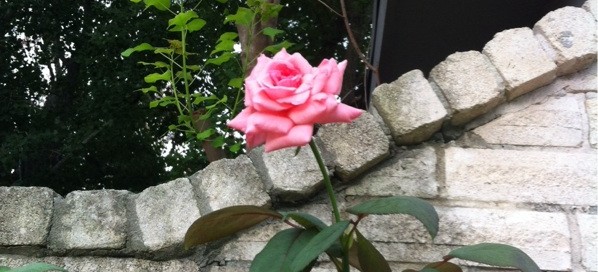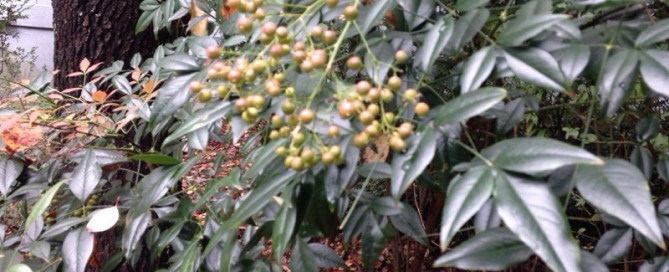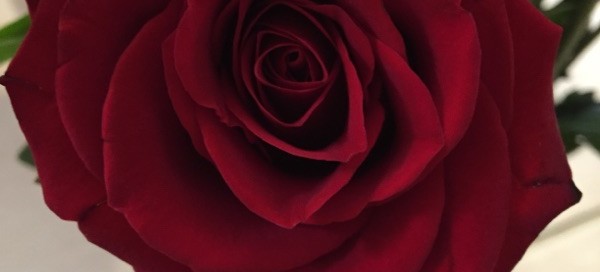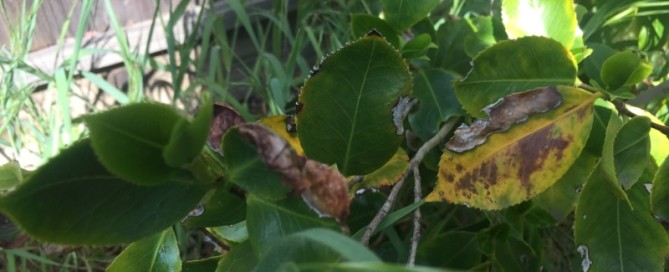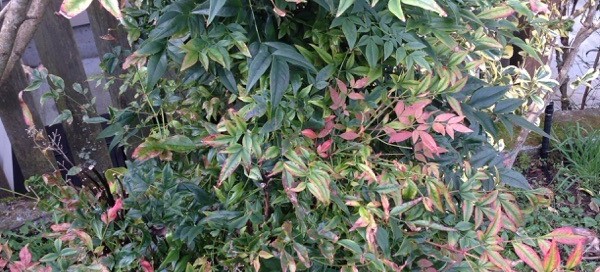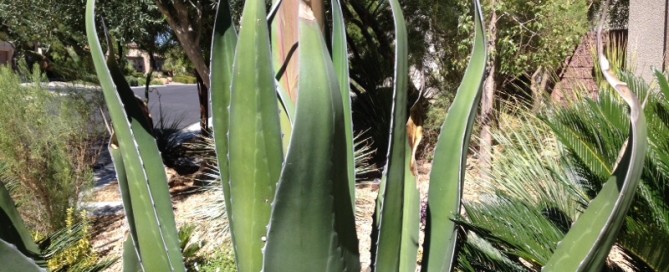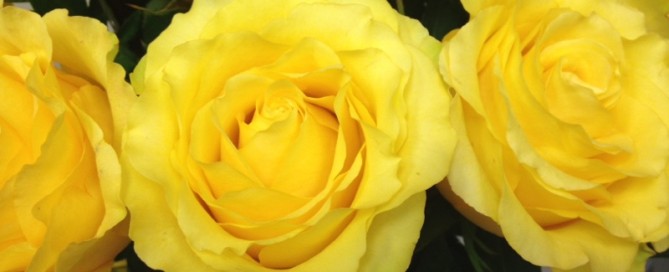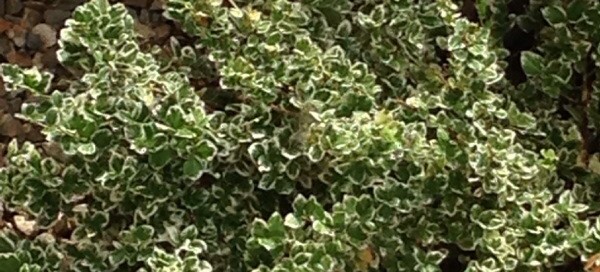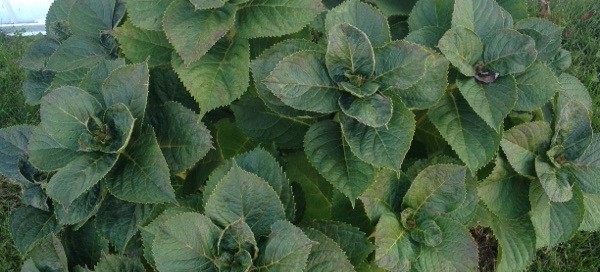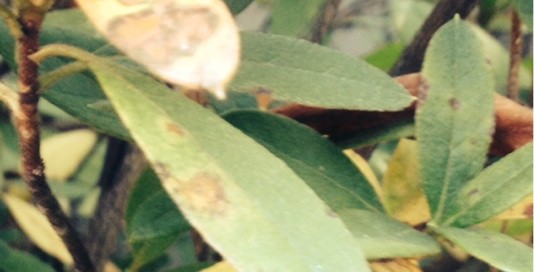Rose
This is a rose which has many different classes, families, and varieties. There are just too many for us to identify one specifically. Because of the single rose on a long stem and the high petal count, it likely falls into the hybrid tea category. Generally speaking, rose plants need sun, well-drained soil, regular fertilizer and water regimes, and sometimes spraying to control pests. Removing the old flowers as they age will sometimes bring on more, but leave a few late in the season to form rosehips, a favorite backyard bird treat. Hips should ripen to an orange or red color. For an identification of the cultivar, suggest you contact your local rose society or visit www.helpmefindroses.com to see if your cultivar can be identified.
